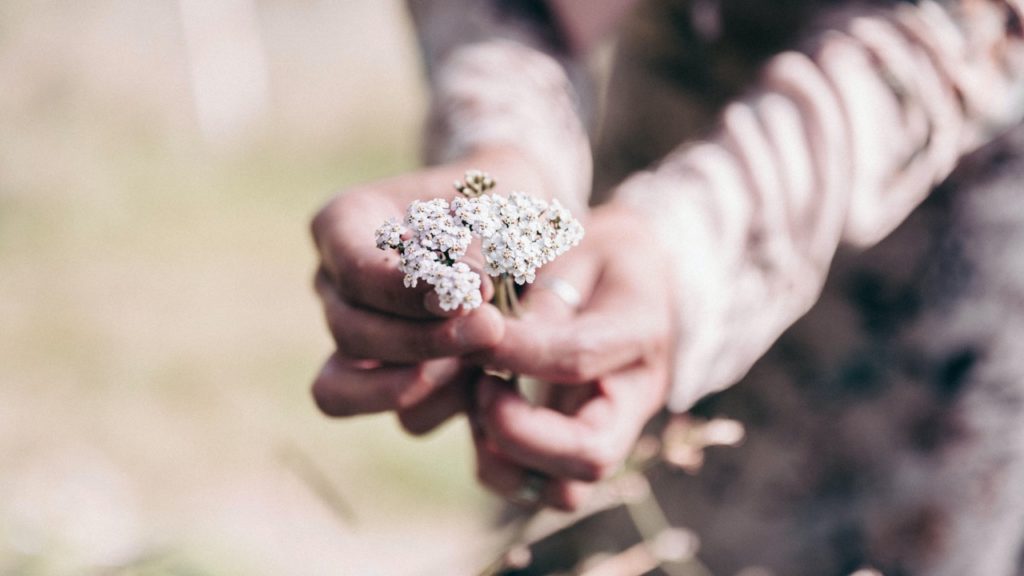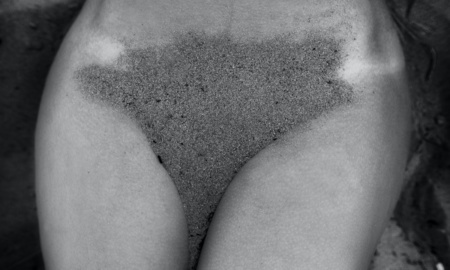Love to read? Enjoy the article below. Don’t have time? Click the player to listen.
Urinary tract, and especially bladder infections (cystitis) are super common – over half of us will have at least one at some point in our lives, up to 20% of all women have some urinary discomfort or a bladder infection every year, and as many as 20% of us gals will have a recurrence 6 months after a bladder infection. That’s a lot of bladder infections!
Bladder and kidney infections are both types of urinary tract infections. This article will focus on natural approaches to nipping bladder infections in the bud. I do not talk about kidney infections because they almost always require antibiotic treatment, whereas, mild common bladder infections often respond well to natural therapies. By treating bladder infections naturally, when possible, you can avoid the overuse of antibiotics which can wreak havoc on your gut and microbiome, and as a result over time, especially when you have to take them regularly for recurrent bladder infections, have a bigger impact on your health.
For a complete review of preventing bladder infections, you can read that article here. In the podcast above, I discuss both.
Bladder Infection Symptoms
The most common symptoms of a bladder infection are frequent (and sometimes terribly painful) urination, urgently needing to pee, aching, cramping, or pressure above the pubic bone (that bony ridge down low in the front of your belly), and feeling tired, unwell, or low energy (malaise). You might notice blood in your urine (or on your toilet tissue), something up to 40% of women with a bladder infection experience.
They can make you feel awful enough to have to miss work, and untreated, can progress into more serious kidney infections which can make you really sick.
In a bladder infection, symptoms usually come on pretty suddenly, and there is no fever with a bladder infection. In contrast, kidney infection symptoms generally come on gradually, and there is usually fever, chills, nausea, and low back pain. Antibiotics are important for kidney infections, but bladder infections in healthy adult women who are not pregnant can often be treated naturally.
In young, sexually active women, sudden onset of painful urination can also be due to chlamydia infection, or more rarely gonorrhea, so getting a urine culture that includes these tests is a good idea.
Vaginal yeast infections can also cause irritation of the urethra, leading to bladder-infection like symptoms, so consider this as a possible cause if you’ve been struggling with symptoms of a vaginal infection (itching, burning, thick or odorous vaginal discharge) and also consider getting a urine and vaginal culture done in this case if you’re not sure what’s going on.
Both in the prevention and treatment of UTI, the main goals are:
• support your body's natural defenses against infection
• restore microflora balance and health
• promote bladder pH that is inhospitable to harmful bacteria
• prevent bacteria from adhering to the wall of the bladder
A Natural Approach to Bladder Infections
Herbal and nutritional remedies can be excellent alternatives to antibiotics for treating bladder infections and preventing them from recurring. They can help to kill off the harmful bacteria, reduce irritation and inflammation in the urinary tract, boost immunity, and restore healthy flora in the vagina and gut.
Below is the plan I have my patients follow at the onset of bladder infection symptoms. Each part of the plan is important – so don’t skip anything unless there’s something in the plan you know you don’t tolerate.
You can expect symptoms to start to improve after 12-24 hours, though they might initially get worse over the first few hours while treatment is kicking in. Symptoms should be significantly better in 24-72 hours, with complete resolution in 5 days. Because of the high recurrence rate of UTIs, I recommend following this plan for 1 week, after which I suggest you go to the prevention plan above for another week.
This treatment is NOT intended for pregnant women; please see my book The Natural Pregnancy Book for UTI in pregnancy. The plan below is safe while breastfeeding, but if you have a UTI in the few weeks after birth, please also see your midwife or doctor for appropriate recommendations.
General and Dietary Treatment
- Cut out all sugar in your diet for 5 days
- Drink 6 to 8 – 8 oz. glasses of water each day
- Urinate at first urge – don’t hold your urine!
- Avoid sex during treatment and for a few days after
Nutritional Supplements for Bladder Infections
- Take 4 probiotic capsules daily for 2 days, then 2 capsules daily for 5 days. The probiotic should contain Lactobacillus species, and if you have a vaginal infection as well, make sure it also contains Lactobacillus reuteri and rhamnosus
- Take 1000 mg. vitamin C every 4 hours for 2 days, then 500 mg. every 4 hours for 5 additional days
Herbal Remedies for Bladder Infections
- Drink 8 oz. of cranberry juice every 4 hours for 3-5 days, then 16 oz/day for a week, or take Cranberry-d-mannose, 2 capsules twice daily, or if powder, 1 tsp. twice daily for 1 week, or take cranberry extract capsules 400 mg. every 2 hours for 48 hours, and then every 4 hours for 5 days
- The most effective herbal preparations for bladder infection are herbal infusions because they flush through the urinary tract. Here’s a simple and effective preparation: Mix 1/3 ounce each of uva ursi leaf, marshmallow root, and yarrow blossoms and place in a quart sized mason jar or a 4-cup French press. Steep for 1 hour then strain out the liquid or plunge the French press. Dose: 1/2 -1 cup every 4 hours, taken hot or cold. This preparation will keep refrigerated for 48 hours. You can get these herbs from Mountain Rose Herbs; I suggest ordering them overnight mail if you need them right away. Keep them on hand if you tend to get UTIs or
- If you don’t want to make this tea, you can use any of the following products instead: Cranberry Bladder Defense by Planetary Herbals, Cranberry ReLeaf by Herbs, Etc., Herb Pharm Urinary Support + Calm Waters, or Uva Ursi capsules + Marshmallow Root capsules by Nature’s Way. Take these products as directed on the package but take every 2 hours for the first 24 hours, then every 4 hours for the next 5 days.
- If you are experiencing spastic, cramping bladder pain, also take 30 drops of cramp bark tincture plus 30 drops of wild yam tincture and 5-10 drops of kava kava tincture (avoid the kava kava if you have any liver problems or are taking other medications) every 2-4 hours for the first 24 hours, and reduce to every 4-6 hours for the next 24 hours.
When to See Your Doctor & When to Use an Antibiotic
While natural self-care is incredibly empowering, my goal in providing this information is not to encourage you to avoid necessary antibiotics. But I do want you to have the information that can help you avoid rounds of unnecessary antibiotic treatment when a natural, effective approach is available. If you have fever, chills, and lower back pain, this is more likely to be a kidney infection, so see your doctor right away, and yes, antibiotics are appropriate. Similarly if you are pregnant and have a kidney infection antibiotics – and sometimes even hospitalization for IV antibiotic treatment — may be appropriate. If you are pregnant and have a bladder infection, unless you are working with a medical doctor or midwife truly skilled in the use of herbal and natural remedies, and sometimes even then so, a short course of antibiotics may be appropriate to avoid the risk of preterm labor or development of kidney infection, both of which can occur in pregnancy due to UTI.
For young girls (under 10 years old) with urinary tract infections, and when there is a kidney infection in any woman at any age, antibiotics are considered appropriate.
If you do require an antibiotic, take it along with a daily probiotic as discussed above to UTI treatment, and then continue the probiotic for 3 months after, along with starting the protocol above for UTI recurrence prevention.








